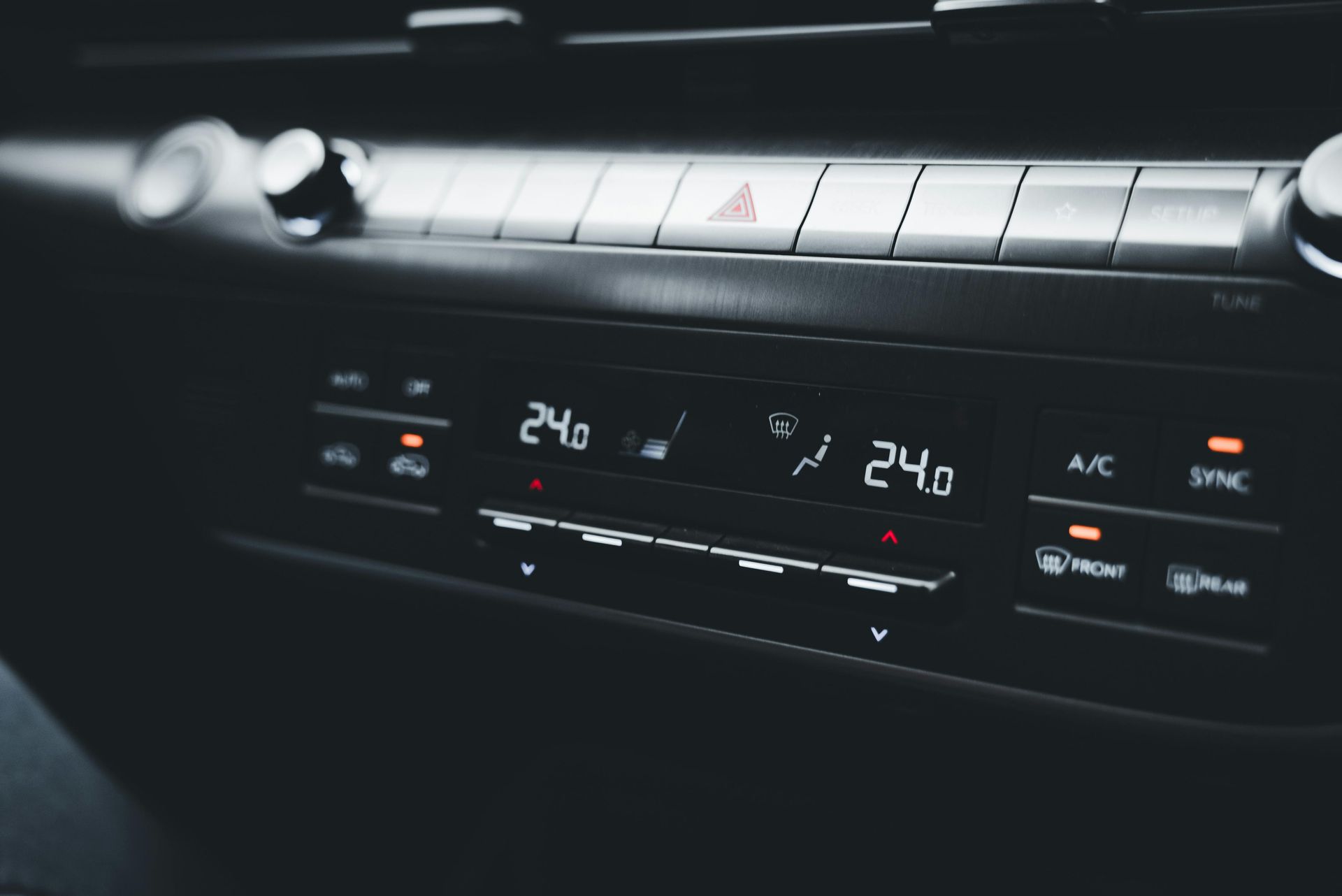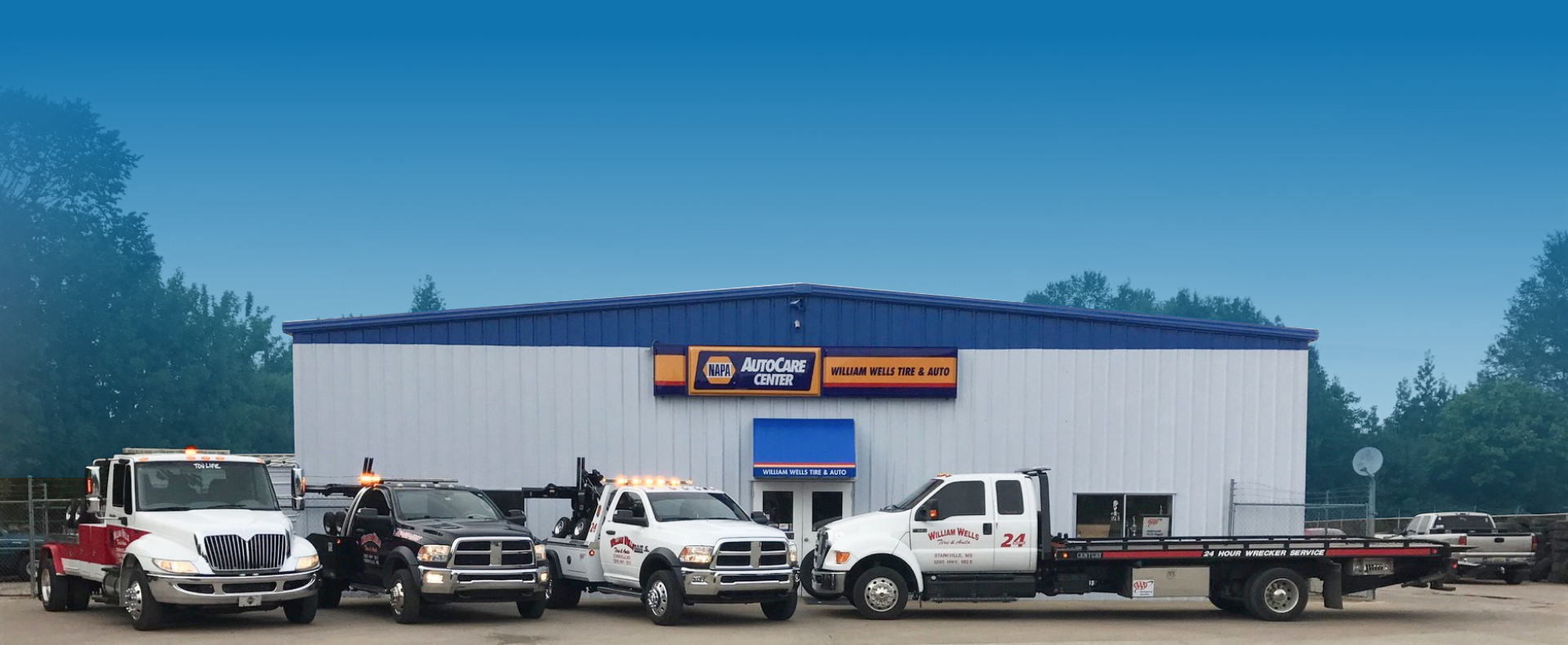How to Read Tire Size and Specifications Correctly
January 31, 2025
Your tires are one of the most important parts of your vehicle, affecting everything from safety and handling to fuel efficiency. But have you ever stopped to look at the numbers and letters printed on the sidewall of your tires? They may seem like a random code, but these markings actually provide crucial information about your tire's size, capabilities, and specifications. Learning how to read this information ensures that you’re using the right tires for your vehicle and helps you make informed decisions when it’s time for a replacement.
Tire Markings Are Important
Tire markings are much more than just numbers—they represent the manufacturer’s way of conveying critical details. These details include the tire’s size, load capacity, speed rating, and even its intended use. Having the right tires for your car ensures optimal performance and safety on the road.
For example, using the wrong size tires can affect your car’s handling, braking, and even fuel efficiency. Knowing how to read these markings is especially helpful for drivers in Mississippi, where road conditions and weather can vary, and having the right tires can make all the difference.
Breaking Down the Numbers and Letters on Your Tires
Let’s use an example to explain the numbers and letters commonly found on a tire: 215/55R17 98V.
- 215: This is the tire’s width in millimeters, measured from sidewall to sidewall. Wider tires generally offer better traction, while narrower ones may improve fuel efficiency.
- 55: This is the aspect ratio, which is the height of the sidewall as a percentage of the tire’s width. A lower aspect ratio typically indicates better handling.
- R: The “R” stands for radial construction, which is the standard in modern tires.
- 17: This number represents the diameter of the wheel (in inches) that the tire is designed to fit.
- 98: This is the load index, indicating the maximum weight the tire can safely carry.
- V: The speed rating, which tells you the maximum speed the tire can handle safely. For example, an “V” rating is for speeds up to 149 mph.
Load Index and Speed Rating
The load index and speed rating are two crucial details that directly impact safety and performance.
The load index is a two- or three-digit number that corresponds to the maximum weight the tire can support when fully inflated. For example, a load index of 98 can support up to 1,653 pounds per tire. Using tires with the correct load index ensures that your vehicle operates safely, especially when carrying heavy loads.
The speed rating, represented by a letter, indicates the maximum speed the tire can handle without compromising safety. Common ratings include “T” for up to 118 mph and “H” for up to 130 mph. Selecting a tire with the appropriate speed rating for your vehicle and driving habits is essential for maintaining optimal performance.
Other Useful Information on Your Tires
Beyond size and specifications, your tire’s sidewall also includes additional details that are important to understand:
- Treadwear Indicators: These numbers represent the tire’s expected lifespan compared to a standard tire. Higher numbers mean longer tread life.
- DOT Code: The Department of Transportation (DOT) code includes the tire’s manufacturing date. For example, a code ending in “4022” means the tire was made in the 40th week of 2022. This information helps you determine the tire’s age, as older tires may degrade even if they look fine.
- Maximum Inflation Pressure: This figure shows the maximum air pressure the tire can safely handle. It’s not necessarily the recommended pressure for your vehicle, so always check your owner’s manual for the correct PSI.
Use This Information When Buying Tires
When it’s time to replace your tires, understanding these markings ensures you select the right options for your vehicle. Always consult your owner’s manual or a trusted professional to verify the correct size, load index, and speed rating.
For drivers in Mississippi, where weather conditions can range from heavy rain to scorching heat, choosing the right tires is particularly important. For instance, all-season tires with good wet traction ratings may be the best choice for navigating local roads safely.
Ready for new tires? Visit
William Wells Tire & Auto in Columbus, MS, West Point, MS, or Starkville, MS,
for expert advice and professional installation. Call now to schedule your appointment!
Loading ...
Missing business hours data / Error occurred while getting the data.
Having Trouble
Finding Us?
Loading ...
Missing business hours data / Error occurred while getting the data.
Loading ...
Missing business hours data / Error occurred while getting the data.









